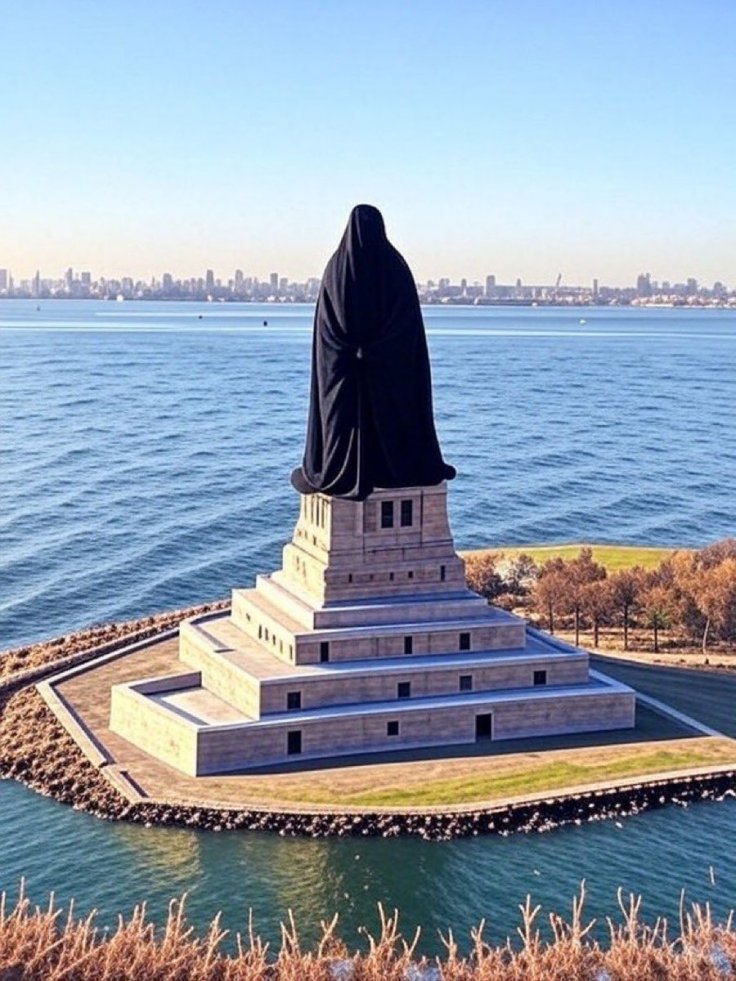The victory of Zohran Mamdani—a democratic socialist of Indian Muslim heritage—in a key Democratic primary in New York City has become a lightning rod for controversy. As celebrations broke out among supporters, a very different reaction was brewing online. A digitally altered image of the Statue of Liberty wearing a black burqa began circulating across social media, igniting a storm of Islamophobic outrage.

Mamdani, who secured 43.5% of first-choice votes through the city's ranked-choice voting system, is no stranger to backlash. But the reaction this time—driven largely by right-wing voices—has escalated into a symbolic attack on American identity itself.
A digitally manipulated image of the Statue of Liberty draped in a black burqa has ignited a firestorm online after Democratic socialist Zohran Mamdani won a closely watched primary election in New York City. The viral image surfaced as far-right commentators lashed out at Mamdani, a state assemblymember of Indian Muslim descent, who garnered 43.5% of first-choice votes under the city's ranked-choice system.
Mamdani, the son of renowned filmmaker Mira Nair, has long been the target of Islamophobic rhetoric. Following his primary victory, the online backlash grew sharper, with conservative voices portraying his win as a symbol of declining American values. Congresswoman Marjorie Taylor Greene shared the image of the burqa-wearing statue, suggesting that it signified a cultural collapse.
Donald Trump Jr. escalated tensions further, declaring on social media, "New York City has fallen," while invoking the 9/11 attacks to criticize Mamdani's success. Other far-right figures followed suit, branding New Yorkers as complicit in their own downfall and warning of an impending imposition of Islamic law.
Yet the symbolism behind the viral image carries historical irony. The original design for the Statue of Liberty by French sculptor Frédéric Auguste Bartholdi was inspired by a veiled Egyptian woman titled Egypt Carrying the Light to Asia. Though the Egyptian project was rejected, Bartholdi repurposed the design into the Roman-robed figure that now stands in New York Harbor.
Statue historian Barry Moreno emphasized that Bartholdi's early concept envisioned a Muslim woman as a beacon of enlightenment. "What was intended as mockery now unintentionally mirrors the statue's original form," he noted.
On social media, however, hostility continued. Alarmist posts forecasted a dystopian future for New York, suggesting Mamdani's win heralded an era of Sharia law. "NYC in 2040: Obey or leave," read one viral post.
Despite the vitriol, Mamdani remains focused on advancing progressive policies. Official results of the primary are expected in early July. In the meantime, the controversy has opened deeper questions around America's cultural symbols, historical memory, and ongoing struggles with religious pluralism.









